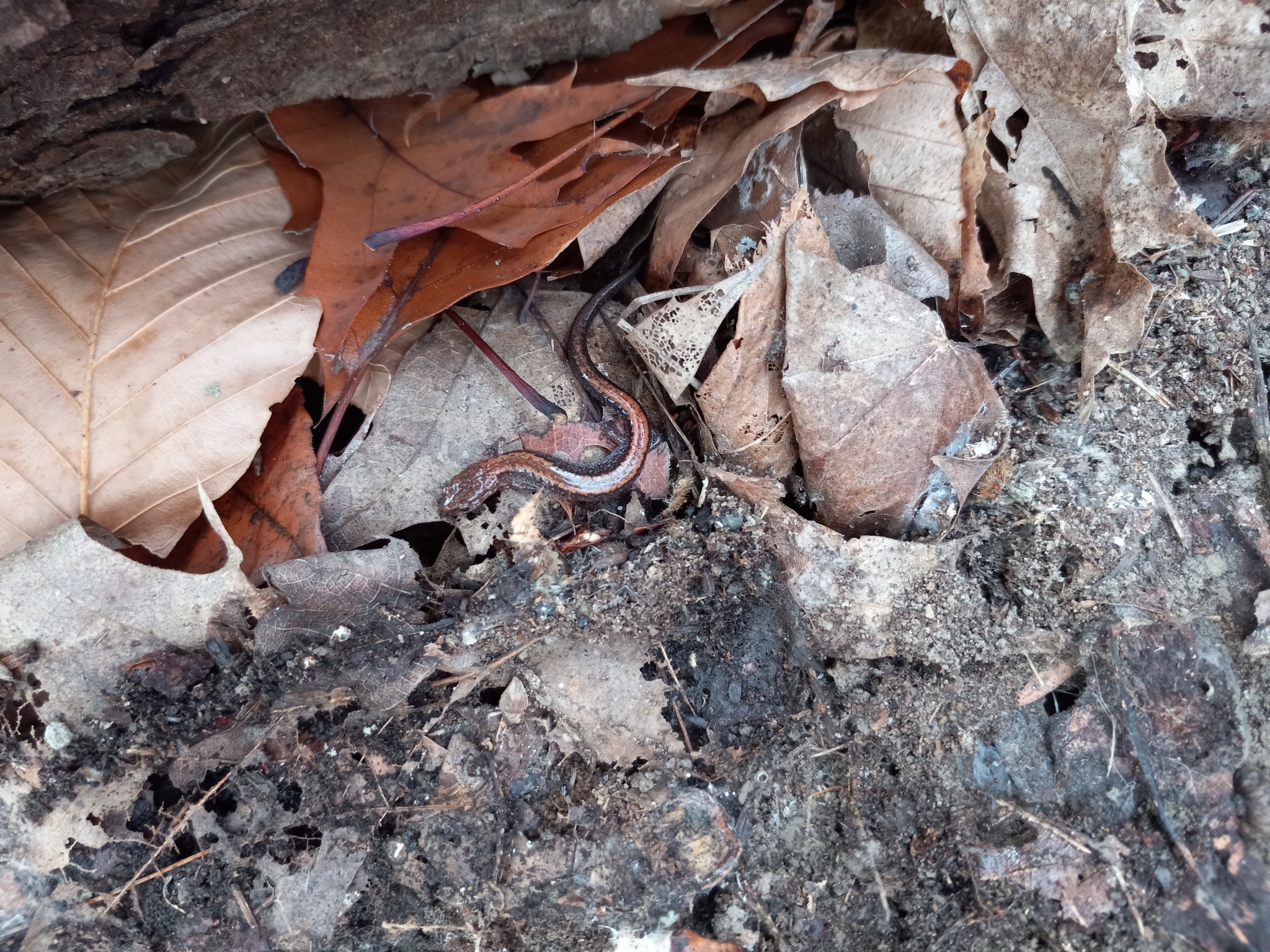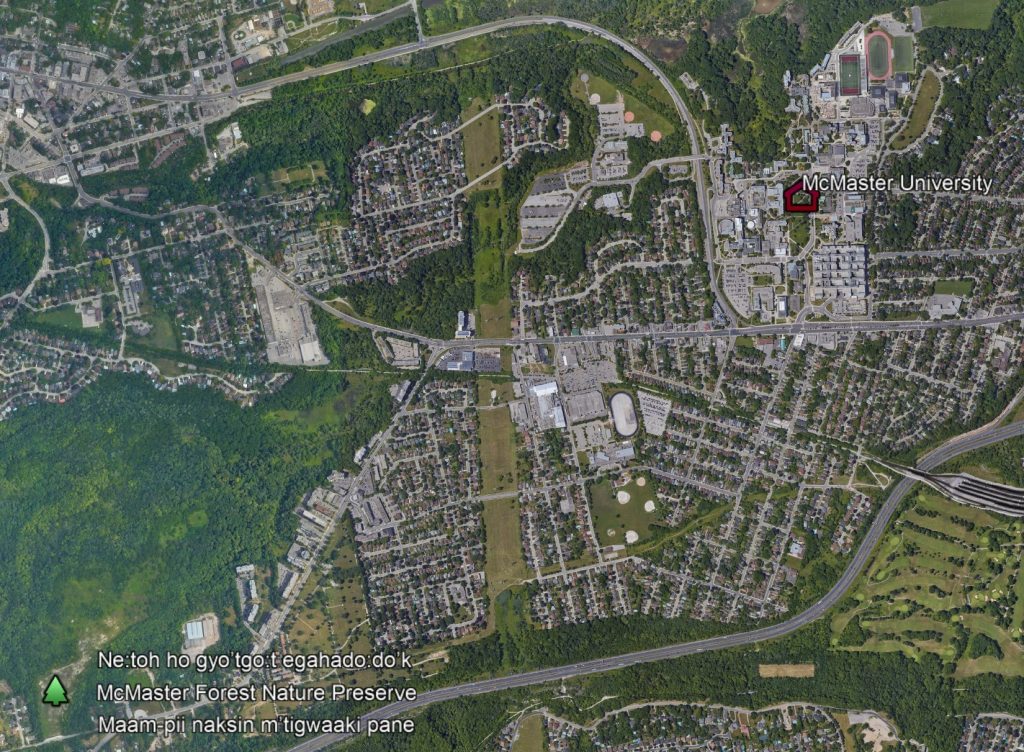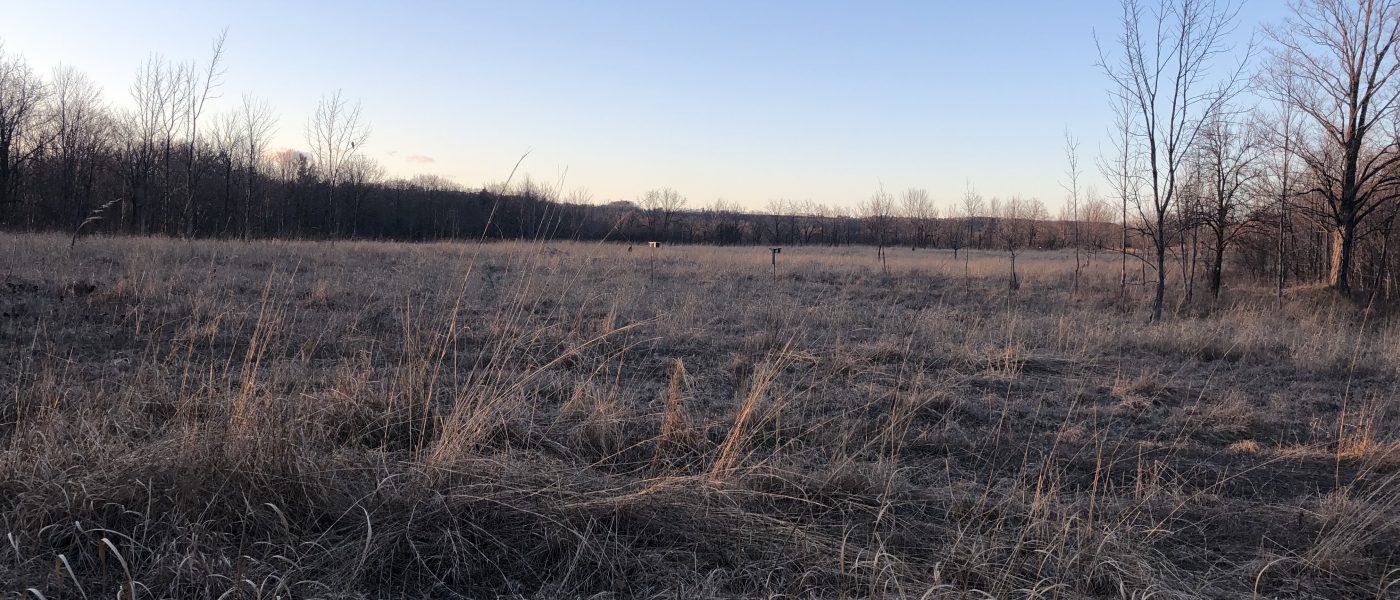Ne:toh ho gyo’tgo:t egahado:do’k – Maam-pii naksin m’tigwaaki pane – McMaster Forest Nature Preserve is a 127 acre – 51.5 hectare property located at 1105 Lower Lions Club Road, Hamilton and is owned by McMaster University. The property was designated as environmentally significant natural land, to be used for ecologically sensitive teaching, research and recreation purposes by the McMaster Senate and the Board of Governors on October 22, 2015. With a continued vision for the property and to support reconciliation, the McMaster Senate and the Board of Governors approved updated names for the property on June 9, 2022. These new names will be displayed in Cayuga, Ojibwe, and English.
The property is located about five kilometres southwest of campus, right on the 5C or 51 HSR bus routes. The closest bus stop is the West Hamilton Bus Loop and then a short walk to the forest down Lower Lions Club Road.
McMaster Forest Nature Preserve is an incredibly biodiverse area of mixed forests, old growth forests, wetlands, meadows, creeks, and prairie. The proximity to campus, combined with the incredible diversity of animal and plant species thriving on the property, make the McMaster Forest Nature Preserve an ideal research, recreation, and teaching facility. Many undergraduate courses make use of the property as well as undergraduate and graduate research projects.
The public is welcome to explore the area, but is asked to please adhere to posted signage, stay on trail, and not disturb ongoing research.
Information Box Group
Walk Directions
4.1 km – 52 minutes
Bike Directions
4.6 km – 18 minutes

Bus Directions
300 m walk, 4 km bus – 17 minutes

Drive Directions
4.4 km – 10 minutes
Information Box Group

A Haven for Wildlife McMaster Forest iNaturalist Project
A wide array of species call McMaster Forest home, with almost a thousand being observed on site on iNaturalist. These species range from centuries-old Sugar Maples and herds of White-Tailed Deer to tiny Eastern Red-backed Salamanders and bees only a few millimeters in length. Ongoing restoration efforts continue to improve the habitat, supporting populations of rare and unique species. More species are found at McMaster Forest all the time, and anyone can contribute to our knowledge of the biodiversity of this wonderful area. When you visit McMaster Forest, consider making an iNaturalist observation of some of the wildlife you spot. You may be the first person to record that species at this location, and the data you collect will provide valuable knowledge about the ecosystem.


